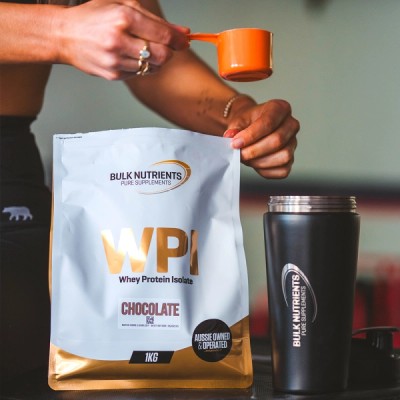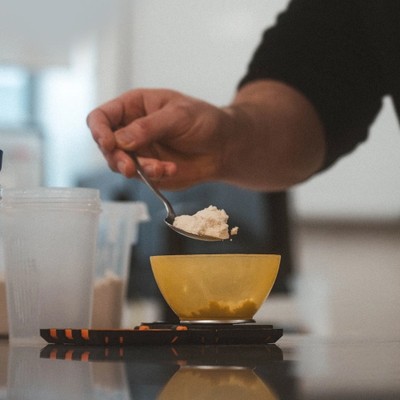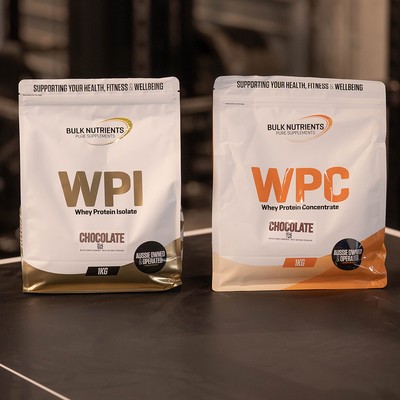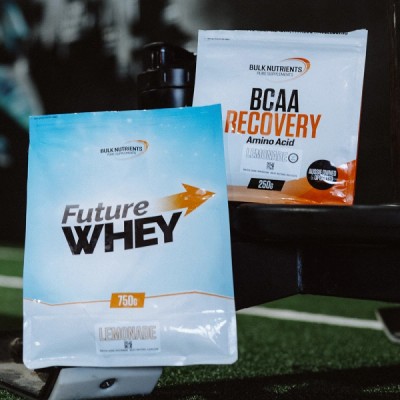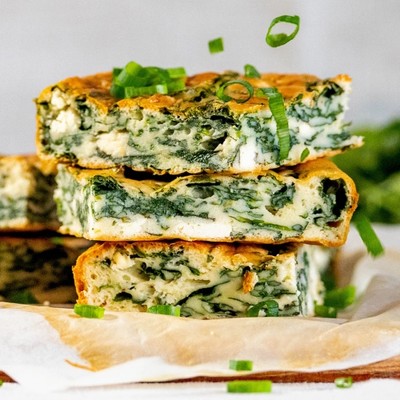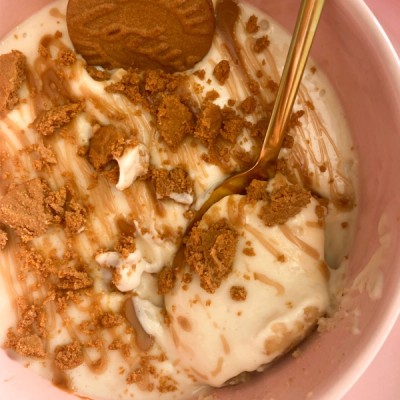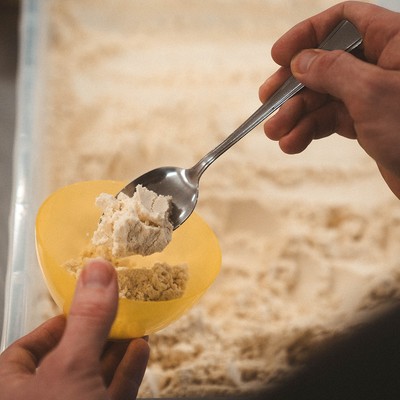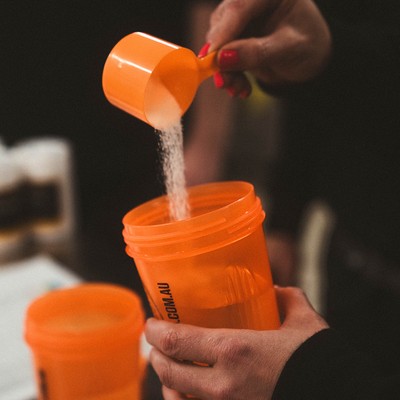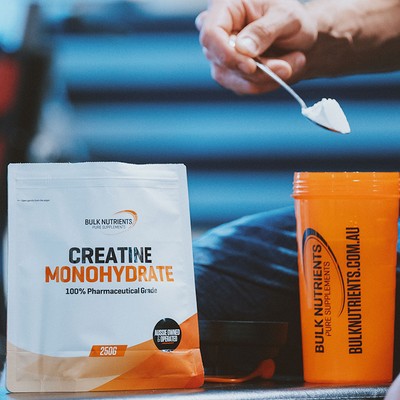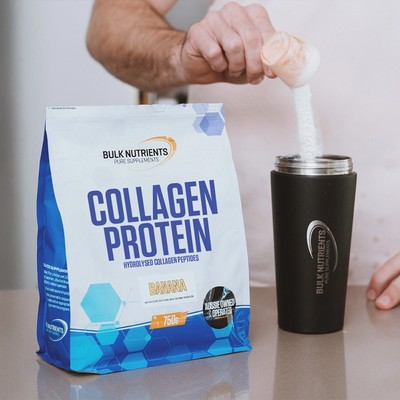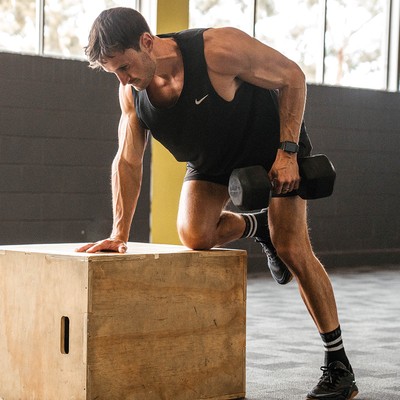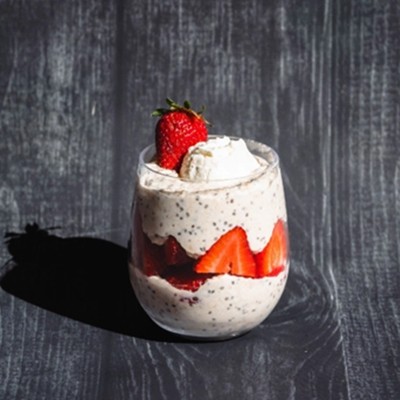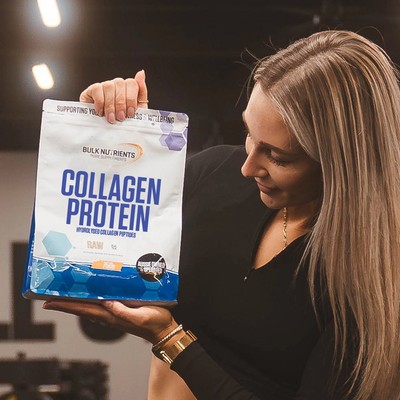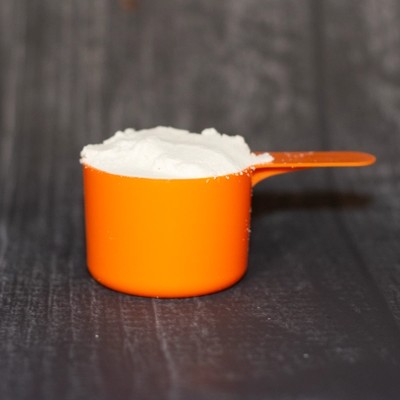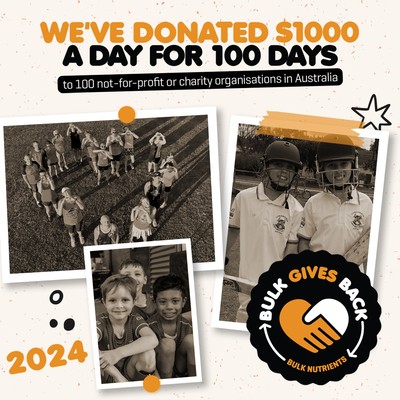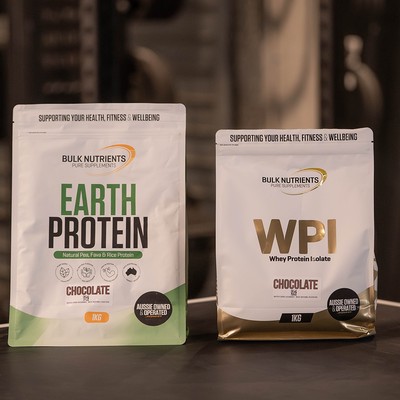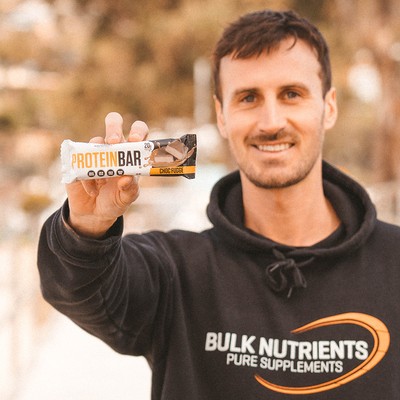How to Accept Periods of Weight Gain and Keep Going

Periods of weight gain
Some of us feel the need to eat more when it’s winter.
Call it “comfort food”, but we can burn more calories in the cold because it stimulates appetite.
Also, experiencing stress can force us into eating more calorie-dense foods – specifically those high in carbohydrates and fat.
And for women, the menstrual cycle plays a big role in energy intake. Let’s take a quick look at it:
- Days 1-4: Menstruation or early follicular phase
- Days 5-11: Late follicular phase
- Days 12-15: Periovulation
- Days 16-28: the Luteal phase
What we’re focusing on here is the luteal phase – when women can consume more calories and gain more weight.
But how much?
Well, research suggests women can eat as much as 90-500 extra calories.
And this review looked at 30 studies with 37 groups of women, and 27 had a higher energy intake in the luteal phase when compared to the follicular phase.
So, what’s going on? Some details are in a blog I wrote here, but the short answer is: hormones.
The point is, that the cold weather, stress, and the menstrual cycle can all cause us to eat more and gain weight.
So, what can we do about it?
Just keep going
Chances are, you know what you have to do to lose weight: Eat less. Get enough protein. Move more.
But sometimes, when any of the above occurs (or all three at once for some women!) it creates havoc.
The game plan?
Bunker down and wait for it to pass. Think of it like it’s a storm.
Because here’s the thing: we can’t be “on” 52 weeks a year.
We can’t be sitting at maintenance calories or hovering in a deficit for all this time.
It’s just not practical.
So, ride it out. Let the scales creep up and when you’re getting these cravings, just eat.
Because eventually, after you give in to them, you’ll then feel the need to kick back into gear.
It might take two or three weeks. Or a month. And you’ll gain some more weight, that’s fine.
How many kilograms of fat gained are we talking about?
Well, this study fed 16 male subjects 50 per cent more than their maintenance level of calories for two weeks.
In the end, they gained 1.4 kilograms of fat.
Not that bad considering they were bingeing for 14 days!
Now you might gain more (maybe even less) but the point is, it’s not going to turn you into a blimp.
And I’ll say it twice: a few extra kilos can provide the motivation to get back into gear.

Getting back on the horse
So far, we know to do this:
- Bunker down and accept it will pass
But at some point, which will be different for everyone, you can start fighting back.
Some of you might not wish to fight it at all.
But if you do, then this brings us to point number two: Move more.
This means increasing your level of NEAT – non-exercise activity thermogenesis.
So, taking the stairs, walking to work, walking your dog, or even using a standing desk burns up to 350 extra calories a day.
It all helps offset the number of extra calories you’re eating.
And you might still be burning ~300-400 calories at the gym following 45-60 minutes of weight training. But that’s not enough if you’re still gaining fat and want to fight it.
So, consider adding in additional exercise with a friend that burns more calories, like tennis.
Tennis doesn’t feel like exercise. It’s lots of fun!
And you’ll burn between 7.8 - 10.1 calories per minute.
So, an hour of tennis means you’ll torch between 468 - 606 calories.
That’s seriously impressive.
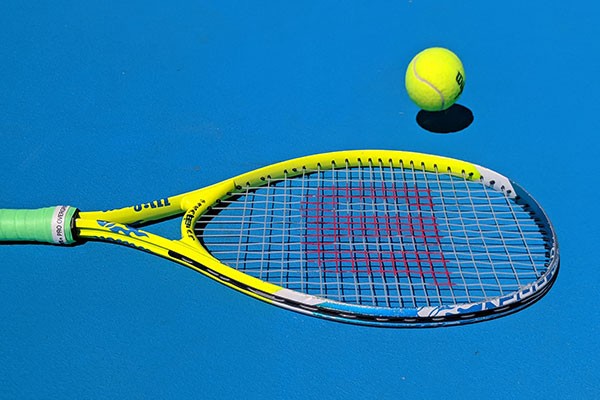
Also, if stress is causing you additional weight gain, catching up with a friend can make you feel a lot better and take your mind off things.
And it doesn’t feel like conventional “exercise” you HAVE to do to offset your extra calorie intake.
For example, the last thing you probably feel like doing under these circumstances is going for a run.
A 1.6 km run burns roughly 136 calories.
That means a 6-kilometre run burns 510 calories.
Yep, I’m with you. Let’s play tennis instead.
So, you know to:
- Bunker down and accept it will pass
- Move more via an increase in NEAT or a sport like tennis with a friend
And lastly, consume some (or all) of these five low-calorie foods:
- Pork crackling crisps (moderate fat but super high protein)
- Sugar-free Jelly (zero calories)
- Pikelets (just 10 grams of carbs per one and they fill you up well)
- Rice crackers
- Diet soft drinks (can fill you up for limited calories)
These foods can fill you up and still satisfy your cravings for far fewer calories (although they might be more effective on some days than others).
The bottom line on dealing with weight gain
Stress, colder weather, and the menstrual cycle can all cause us to gain weight. Accept this, but try to combat it as best you can by increasing your calories burned; increasing your NEAT and playing something like tennis.
Also, try low-calorie foods like pork crackling crisps, sugar-free jelly, pikelets, rice crackers and diet soft drinks. Eventually, your motivation will return, and you won’t gain as much fat this way.
We can’t be motivated all year round, so we must accept this gracefully!

Dayne Hudson
Like many, Dayne was once desperate to lose weight and get into shape. But everyone he asked, everything he read, lead to the same place... nowhere.
His journey started there - researching science journals and completing a Sports Nutrition Specialist qualification so he could make weight loss easier.
References:
- Buffenstein R, Poppitt SD, McDevitt RM, Prentice AM. Food intake and the menstrual cycle: a retrospective analysis, with implications for appetite research. PhysiolBehav. 1995 Dec;58(6):1067-77. doi: 10.1016/0031-9384(95)02003-9. PMID: 8623004.
- Chung N, Park MY, Kim J, et al. Non-exercise activity thermogenesis (NEAT): a component of total daily energy expenditure. J Exerc Nutrition Biochem. 2018;22(2):23-30. doi:10.20463/jenb.2018.0013
- Chung N, Park MY, Kim J, Park HY, Hwang H, Lee CH, Han JS, So J, Park J, Lim K. Non-exercise activity thermogenesis (NEAT): a component of total daily energy expenditure. J Exerc Nutrition Biochem. 2018 Jun 30;22(2):23-30. doi: 10.20463/jenb.2018.0013. PMID: 30149423; PMCID: PMC6058072.
- Dye L, Blundell JE. Menstrual cycle and appetite control: implications for weight regulation. Hum Reprod. 1997 Jun;12(6):1142-51. doi: 10.1093/humrep/12.6.1142. PMID: 9221991.
- Institute of Medicine (US) Committee on Military Nutrition Research; Marriott BM, Carlson SJ, editors. Nutritional Needs In Cold And In High-Altitude Environments: Applications for Military Personnel in Field Operations. Washington (DC): National Academies Press (US); 1996. 12, Cold Exposure, Appetite, and Energy Balance.
- Johnson WG, Corrigan SA, Lemmon CR, Bergeron KB, Crusco AH. Energy regulation over the menstrual cycle. PhysiolBehav. 1994 Sep;56(3):523-7. doi: 10.1016/0031-9384(94)90296-8. PMID: 7972403.
- Marks, Bonita & EW, Galleher & T, Moore & Katz, Linda. (2003). Energy Balance Monitoring in Tennis Players. Medicine and Science in Tennis Journal. 8. 8-9.
- Torres SJ, Nowson CA. Relationship between stress, eating behavior, and obesity. Nutrition. 2007 Nov-Dec;23(11-12):887-94. doi: 10.1016/j.nut.2007.08.008. Epub 2007 Sep 17. PMID: 17869482.
- Wilkin LD, Cheryl A, Haddock BL. Energy expenditure comparison between walking and running in average fitness individuals. J Strength Cond Res. 2012 Apr;26(4):1039-44. doi: 10.1519/JSC.0b013e31822e592c. PMID: 22446673.

